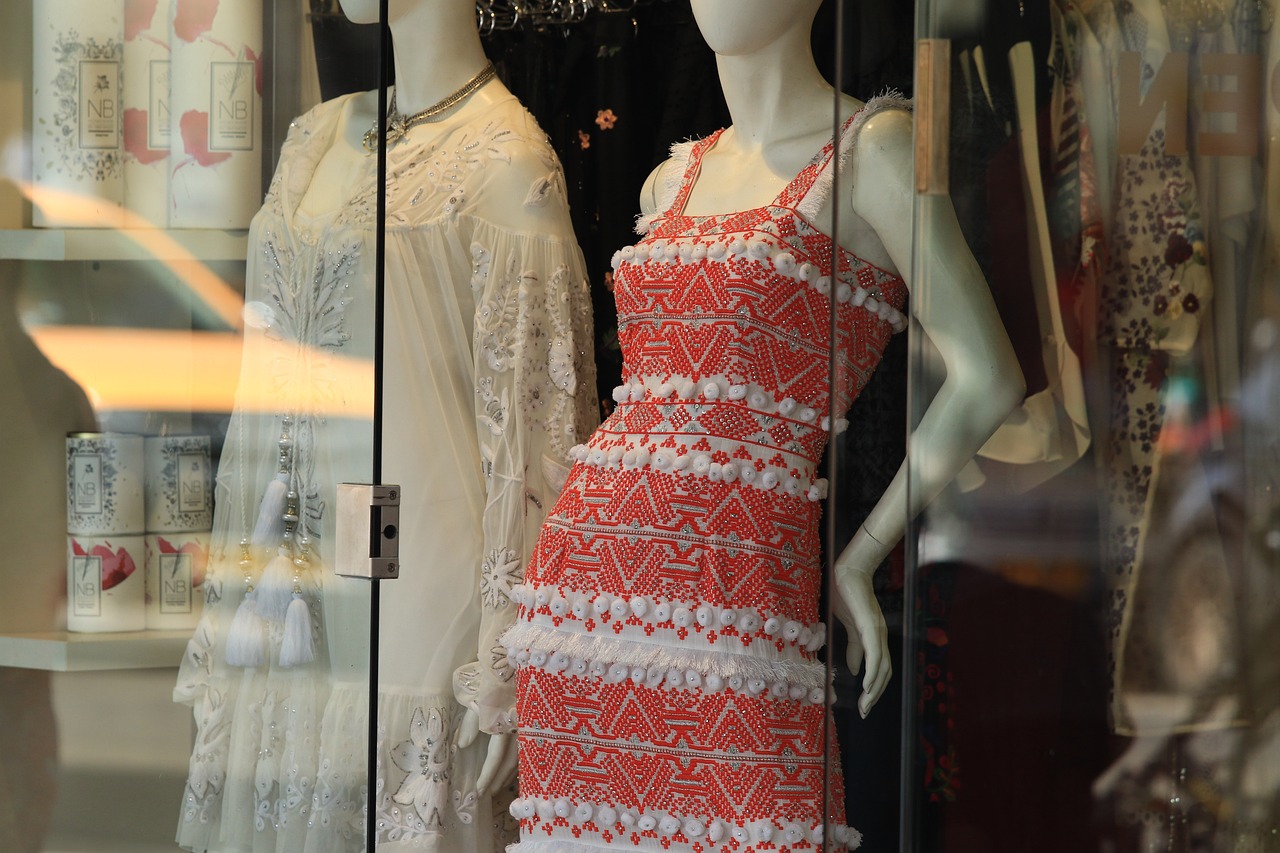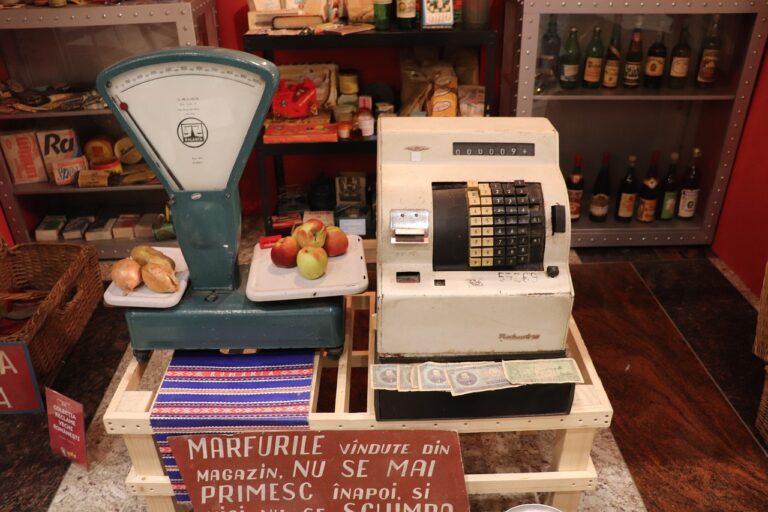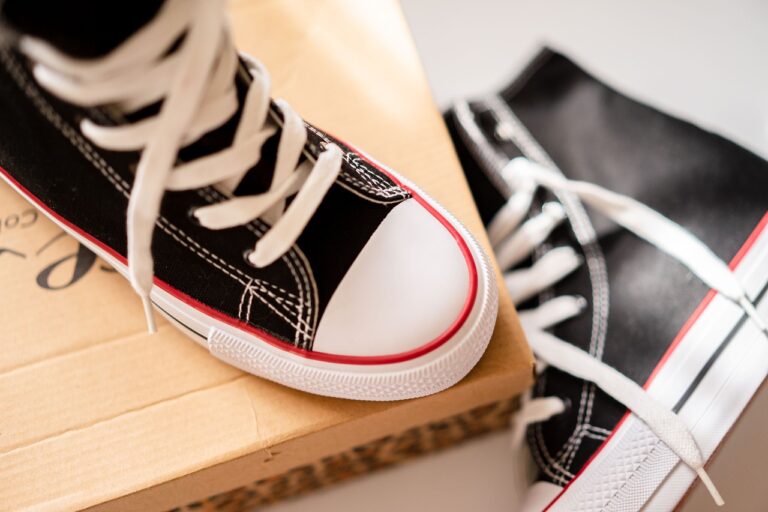The Impact of Cultural Diversity on Fashion Trends
Through the centuries, clothing has been a powerful tool for expressing cultural values, beliefs, and traditions. From the vibrant textiles of African tribes to the intricate embroidery of Eastern cultures, fashion has always served as a symbol of heritage and identity. As societies interacted through trade and exploration, this exchange of ideas and aesthetics led to the fusion of styles, giving birth to new and innovative trends.
Moreover, the evolution of fashion has been heavily influenced by historical events and societal shifts. For instance, the Roaring Twenties saw a rebellious rejection of traditional norms, reflected in the rise of flapper dresses and sleek silhouettes. Similarly, the hippie movement of the 1960s championed a bohemian style, promoting peace and freedom through tie-dye fabrics and fringe details. These pivotal moments in history not only shaped fashion but also highlighted the powerful connection between clothing and culture.
Influence of Globalization on Fashion Trends
Globalization has significantly impacted the fashion industry, serving as a catalyst for the exchange of ideas and the fusion of diverse styles and trends from around the world. With the ease of communication and movement of people across borders, fashion has become more interconnected, leading to a blend of traditional and modern elements in various clothing designs. This cross-pollination of cultures has resulted in a rich tapestry of global influences seen on runways and in everyday wardrobes.
Furthermore, globalization has facilitated the accessibility of international fashion brands and designers to a wider audience, transcending geographical boundaries. Through social media and e-commerce platforms, consumers can now easily discover and purchase fashion pieces from different parts of the world, allowing for a more eclectic and inclusive approach to style. This global exchange of fashion has not only democratized the industry but has also encouraged collaboration and innovation among designers, leading to a more dynamic and vibrant fashion landscape.
• Globalization has led to the fusion of diverse styles and trends from around the world
• Traditional and modern elements are blended in various clothing designs
• Cross-pollination of cultures has resulted in a rich tapestry of global influences in fashion
• Accessibility of international fashion brands and designers has increased due to globalization
• Consumers can easily discover and purchase fashion pieces from different parts of the world through social media and e-commerce platforms
• Global exchange of fashion has democratized the industry and encouraged collaboration and innovation among designers
Celebration of Diversity in Fashion Industry
In today’s ever-evolving fashion industry, celebrating diversity has become a pivotal focus for many designers and brands. Embracing individuals from various cultural backgrounds, body types, and orientations is not only a reflection of the world we live in but also a way to challenge traditional beauty standards. This shift has led to a more inclusive runway, with models of different ethnicities, sizes, and ages gracing the catwalks of major fashion shows.
Moreover, the celebration of diversity in fashion has sparked a wave of creativity and innovation within the industry. Designers are drawing inspiration from a multitude of cultures, bringing forth unique perspectives and aesthetics to their collections. This fusion of different influences has resulted in a more dynamic and vibrant fashion landscape, where individuality and self-expression are not only accepted but encouraged.
What is the significance of cultural influence in the fashion industry?
Cultural influence in the fashion industry brings diversity, creativity, and new perspectives to fashion trends.
How has globalization impacted fashion trends?
Globalization has made it easier for different cultural influences to blend together, resulting in a more diverse and inclusive fashion industry.
How can the fashion industry celebrate diversity?
The fashion industry can celebrate diversity by showcasing designers and models from different cultural backgrounds, embracing unique styles and traditions.
Why is it important for the fashion industry to embrace diversity?
Embracing diversity in the fashion industry not only promotes inclusivity and representation but also allows for a richer and more dynamic creative landscape.
What are some examples of how cultural diversity has been celebrated in the fashion industry?
Examples include fashion shows featuring designers from various countries, collaborations with indigenous artisans, and campaigns that promote body positivity and inclusivity.







